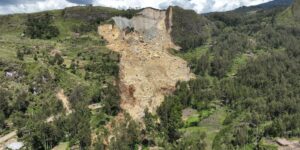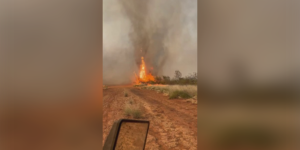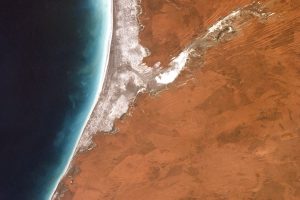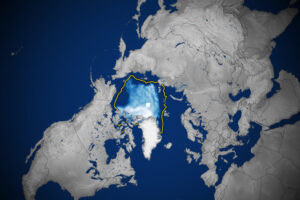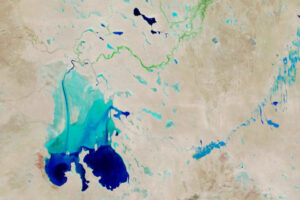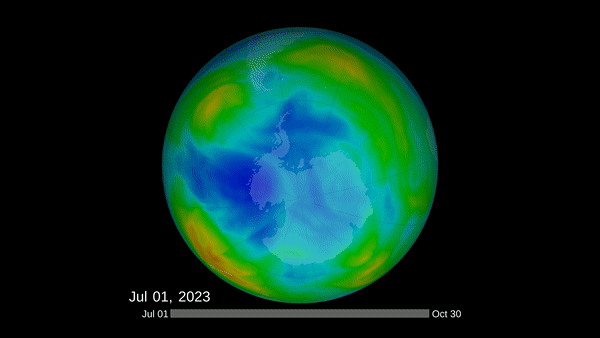
Researchers with NASA and NOAA found that the Antarctic ozone hole of 2023 was one of the largest on record since record-keeping began in 1979.
The ozone layer is a layer of the atmosphere that contains a form of oxygen known as O3. Located between the troposphere and stratosphere, NOAA said, the ozone layer helps shield the Earth’s surface from harmful ultraviolet radiation from the Sun.
Every September, the ozone layer thins to create an ozone hole over Antarctica. This year, the ozone hole reached its maximum size on Sept. 21, according to researchers. The hole measured 10 million square miles, or slightly larger than the size of North America. Officials said the hole was the 12th-largest for a single day and the 16th-largest when averaged from Sept. 7-Oct. 13.
“It’s a very modest ozone hole,” said Paul Newman, leader of NASA’s ozone research team and chief scientist for Earth sciences at NASA’s Goddard Space Flight Center in Greenbelt, Maryland.
While the ozone hole is not an actual “hole” where no ozone is present, this area of depleted ozone over Antarctica increases the amount of radiation known as UVB that reaches the Earth’s surface, according to the EPA.
Newman noted that the size of this year’s ozone hole is due to active Antarctic stratospheric weather and declining levels of human-produced chlorine compounds, which are among the chemicals that destroy ozone molecules.
OZONE HOLE CLOSES LATER THAN USUAL FOR 3RD YEAR IN A ROW, SCIENTISTS SAY
Despite this progress, Newman said the ozone hole would have likely been smaller if not for the eruption of the Hunga Tonga-Hunga Ha’apai volcano on the island nation of Tonga in January 2022.
The volcano spewed a large plume of water vapor into the stratosphere, which likely enhanced ozone-depletion reactions over the Antarctic early in the season, according to NOAA.
“We know the eruption got into the Antarctic stratosphere, but we cannot yet quantify its full impact to the ozone hole,” Newman said.
HOW THE TONGA VOLCANO ERUPTION COULD HAVE WARMED THE PLANET, STUDY SAYS
Measurements of the ozone hole were made by NOAA and NASA researchers using annual satellite and balloon-based data. Scientists also collected data closer to the Earth’s surface by releasing weather balloons carrying ozonesondes, which contain weather instruments. Scientists also make ground-based measurements with a Dobson spectrophotometer, which measures the total ozone.
Today’s Weather News on Fox Weather


